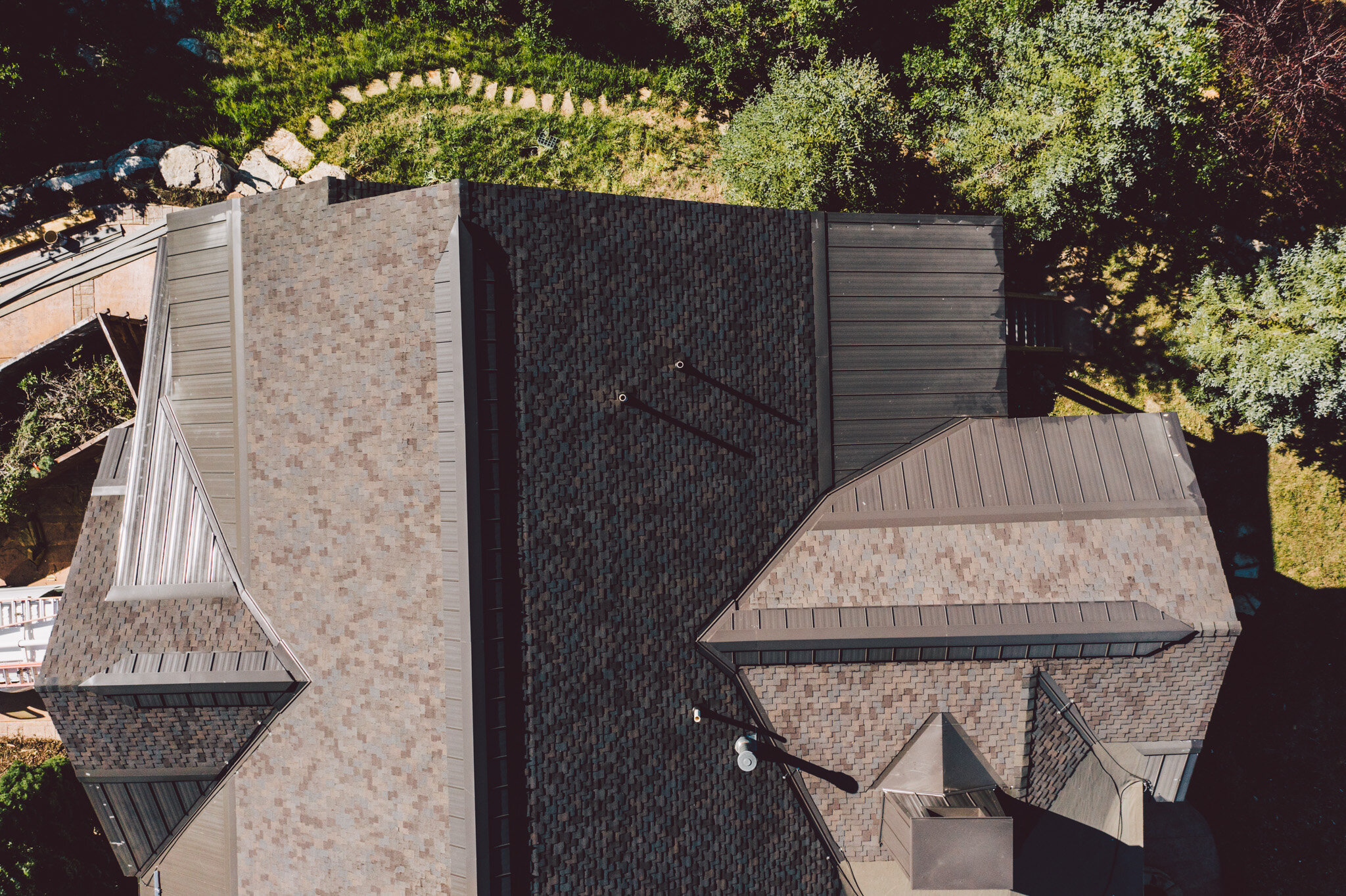Major Roofing Failures: Common Issues and How to Prevent Them
A roof is one of the most critical components of any building, providing protection against the elements and ensuring structural integrity. However, roofing systems can fail due to a variety of reasons, leading to costly repairs and potential damage to the property. Understanding the major roofing failures and their causes can help homeowners and builders take preventive measures to maintain a durable and reliable roof.
Common Causes of Roofing Failures
Poor Installation
Improper installation is one of the leading causes of roofing failures. Even the highest quality materials can fail if not installed correctly.
Inadequate Fastening: Using insufficient or incorrect fasteners can lead to panels or shingles coming loose.
Improper Sealing: Failing to properly seal joints and seams can result in leaks.
Incorrect Slope: Installing roofing materials on an improper slope can affect drainage and lead to water pooling.
Weather Damage
Roofs are constantly exposed to the elements, and severe weather conditions can cause significant damage.
High Winds: Strong winds can lift shingles or panels, creating gaps for water to penetrate.
Hail: Hail can cause dents and cracks in roofing materials, compromising their integrity.
Snow and Ice: Accumulated snow and ice can add excessive weight and lead to structural damage or ice dams.
Lack of Maintenance
Regular maintenance is crucial for the longevity of a roof. Neglecting maintenance can lead to unnoticed issues becoming major problems.
Debris Accumulation: Leaves, branches, and other debris can block gutters and drains, causing water to back up and damage the roof.
Moss and Algae Growth: These organisms can retain moisture and degrade roofing materials over time.
Ignored Minor Repairs: Small issues, such as a missing shingle or minor leak, can escalate if not addressed promptly.
Major Roofing Failures
Leaks and Water Damage
Leaks are among the most common and damaging roofing failures. Water infiltration can lead to:
Mold and Mildew: These can develop in damp areas, posing health risks and damaging the structure.
Rotting: Prolonged exposure to moisture can cause wooden elements to rot, weakening the roof's structure.
Interior Damage: Water can seep into the building, damaging walls, ceilings, and insulation.
Structural Failure
Structural failure is a severe roofing issue that can result in partial or complete roof collapse.
Sagging: This occurs when the roof's framework weakens, often due to excessive weight from snow or water.
Splitting: Temperature fluctuations can cause materials to expand and contract, leading to cracks and splits in the roof.
Blistering and Cracking
Blistering and cracking are common in roofing materials exposed to prolonged sunlight and heat.
Blisters: Trapped moisture or air pockets under the roofing material can cause blisters to form.
Cracks: UV rays can degrade roofing materials, causing them to crack and lose effectiveness.
Preventive Measures
Proper Installation
Ensuring proper installation is the first step in preventing roofing failures.
Hire Professionals: Use experienced and certified roofing contractors.
Quality Materials: Invest in high-quality roofing materials suitable for your climate and building structure.
Regular Maintenance
Routine maintenance can catch minor issues before they become major problems.
Inspections: Schedule regular roof inspections, especially after severe weather events.
Clean Gutters: Keep gutters and downspouts clear of debris to ensure proper drainage.
Repair Promptly: Address minor repairs immediately to prevent escalation.
Conclusion
Understanding the causes and types of major roofing failures is essential for maintaining a durable and reliable roof. By ensuring proper installation, performing regular maintenance, and addressing issues promptly, homeowners can significantly extend the lifespan of their roofs and avoid costly repairs. Investing in preventive measures today can save considerable time, money, and stress in the future.

